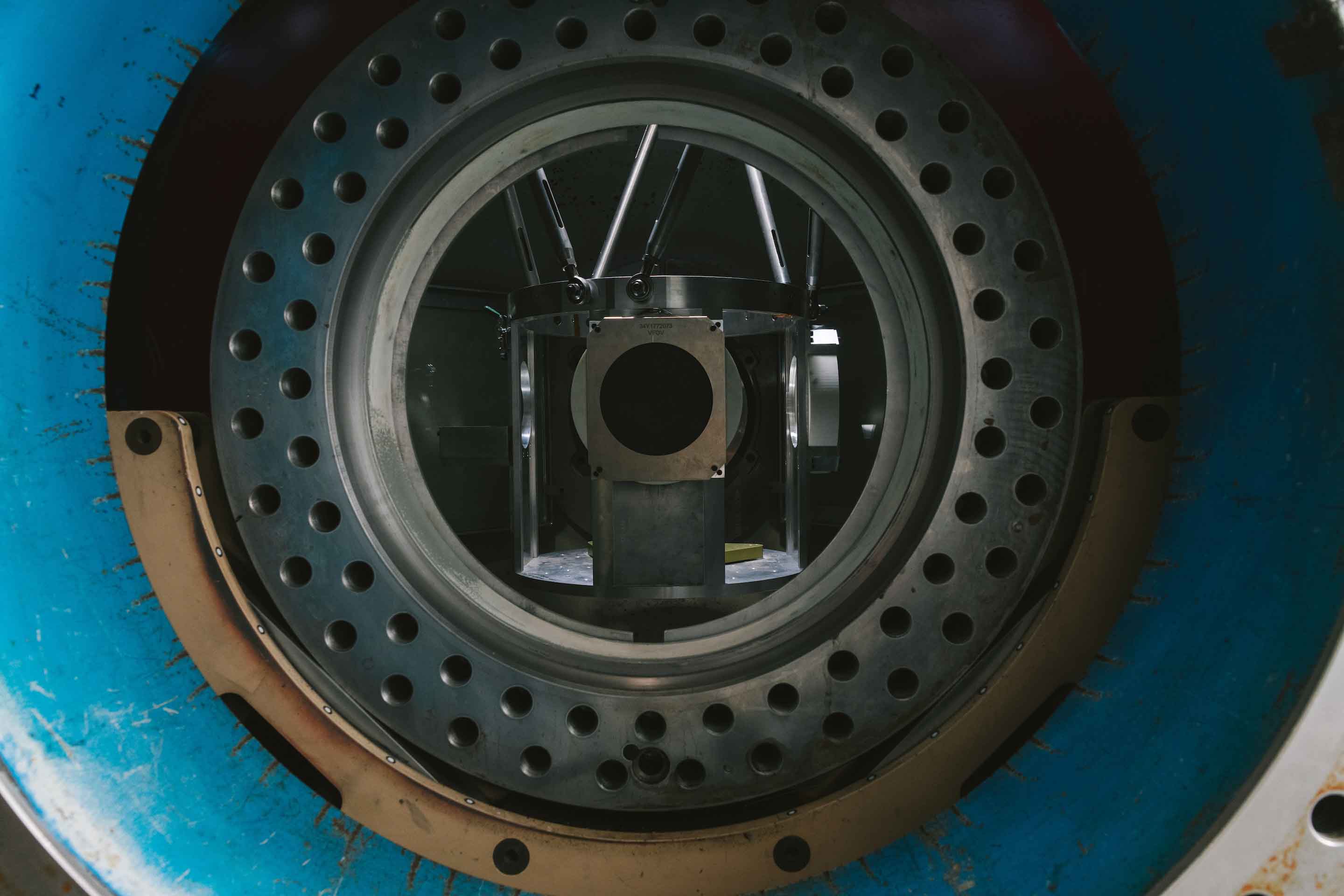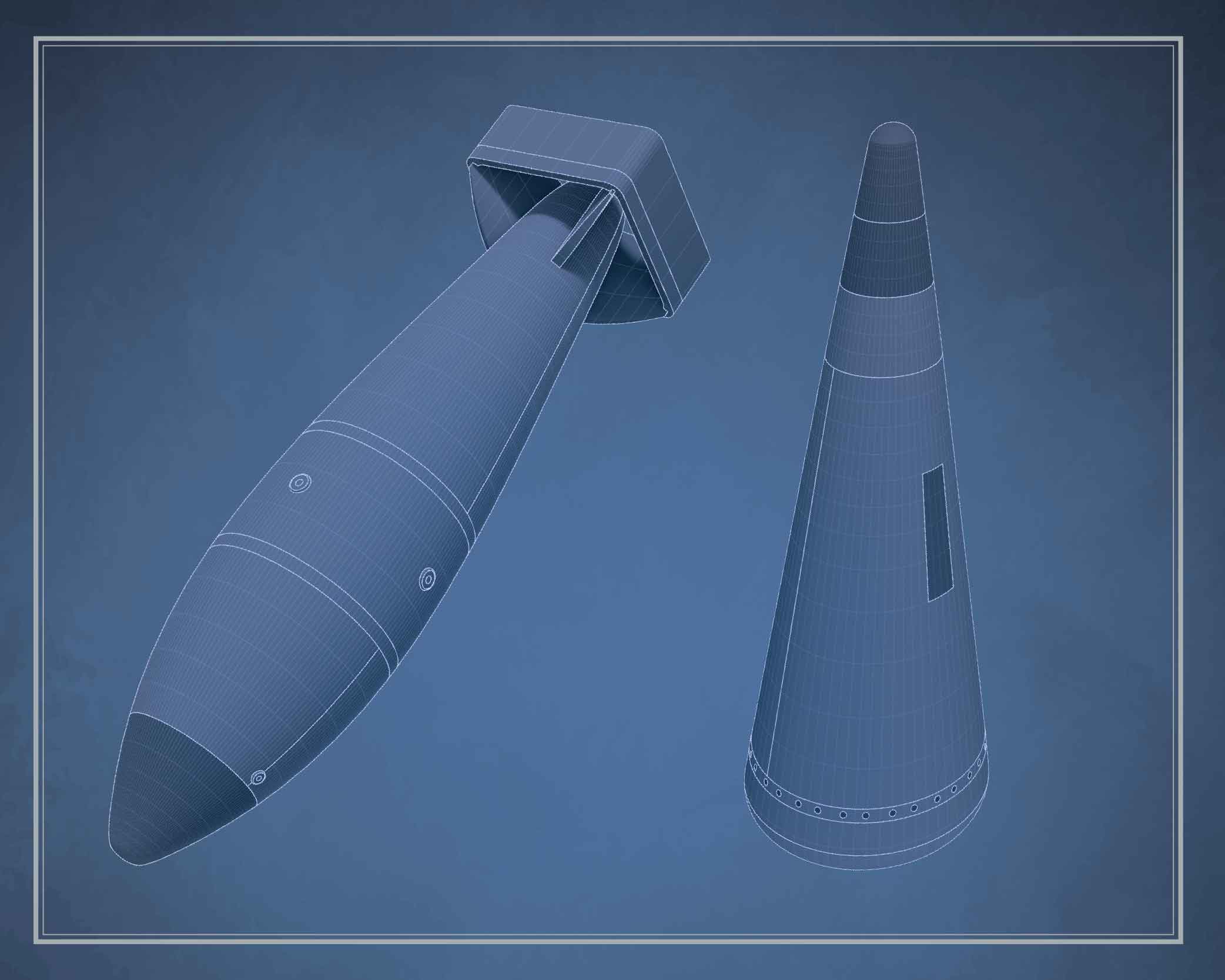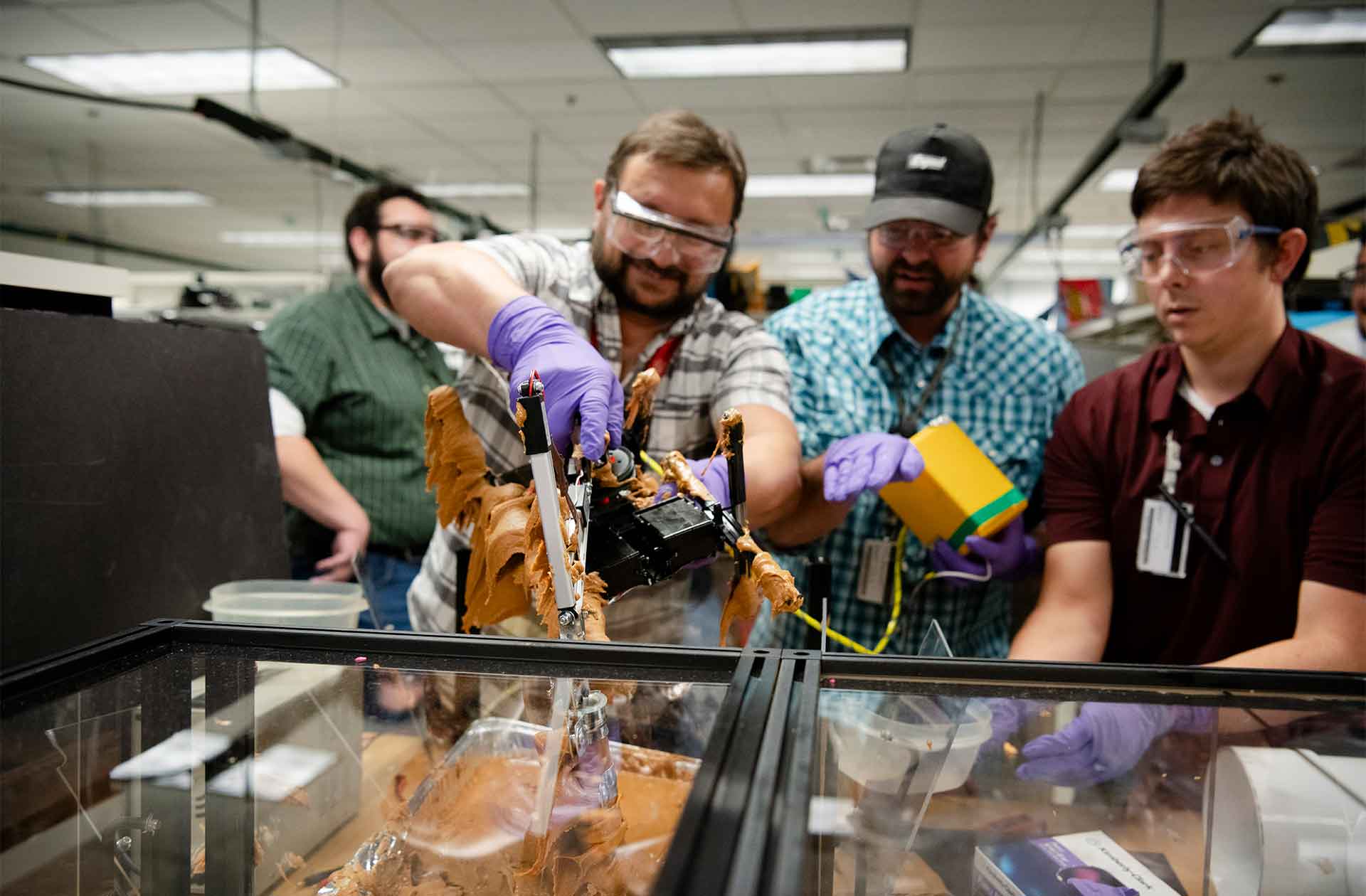SSBNs of the future
The 2018 Nuclear Posture Review outlines a path forward for America’s sea-based deterrent.
- Justin Warner

Ohio-class ballistic missile submarines (SSBNs) form the undersea component of the strategic nuclear triad, complemented by air-based gravity bombs and cruise missiles and land-based intercontinental ballistic missiles (ICBMs). The triad is at the heart of American nuclear strategy and is meant to ensure a diverse and flexible nuclear deterrent amidst evolving global threat conditions.
The 2018 Nuclear Posture Review (NPR), a policy document released by the Department of Defense, outlines the United States’ nuclear outlook and enumerates related strategic concerns. The 2018 NPR notes that much of today’s nuclear triad was deployed in the 1980s or earlier and recommends that the United States modernize its arsenal to accommodate a tailored nuclear deterrence strategy. To this end, the document envisions a path forward for the SSBN fleet.
The United States currently operates 18 Ohio-class submarines, 14 of which are designated as nuclear-capable SSBNs. These submarines range in age from the USS Henry M. Jackson, commissioned in 1984, to the USS Louisiana, commissioned in 1997. The 2018 NPR ensures Ohio-class SSBNs will remain “operationally effective and survivable” until they can be replaced, one per year, once the next generation of SSBNs Columbia-class submarines—can assume its deterrence role in 2031. The Columbia-class submarine is still in development but is expected to deploy a host of advanced technologies and cost-saving measures, such as a “life-of-the-ship” nuclear fuel core requiring no mid-life nuclear refueling.
Through the 2020s, Ohio-class SSBNs will serve to assure allies and deter potential adversaries with a powerful arsenal of submarine launched ballistic missiles (SLBMs). Each Ohio-class submarine can carry up to 24 Trident II D5 missiles, with each missile capable of delivering up to 12 independently targetable thermonuclear warheads. The missiles carry two types of warheads, both designed by Los Alamos National Laboratory: the W76 and the W88. Trident D5 missiles have a range between 4,500 and 7,500 miles. The missiles will accompany SSBNs until 2042, which is the end of service life for both the missiles and Ohio-class SSBNs.
Apart from the Trident D5, the 2018 NPR describes plans to introduce new armament to patrolling SSBNs in the near and long term. In the near term, the United States plans to modify existing SLBM warheads to provide a low-yield nuclear option. A low-yield option, according to the 2018 NPR, will “raise the nuclear threshold and help ensure that potential adversaries perceive no possible advantage in limited nuclear escalation, making nuclear employment less likely.” In the longer term, the United States plans to develop a modern nuclear-armed sea-launched cruise missile (SLCM). The NPR explains that “a low-yield SLBM warhead and SLCM will not require or rely on host nation support to provide deterrent effect” and will provide “additional diversity in platforms, range, and survivability, and a valuable hedge against future nuclear ‘break out’ scenarios.”
SSBN’s constant readiness, mobility, and global range make them invaluable assets to the deterrence strategy of the United States. There are no known, near-term credible threats to the survivability to the SSBN force, so one can expect SSBN crews to be patrolling the oceans for decades to come. ★








